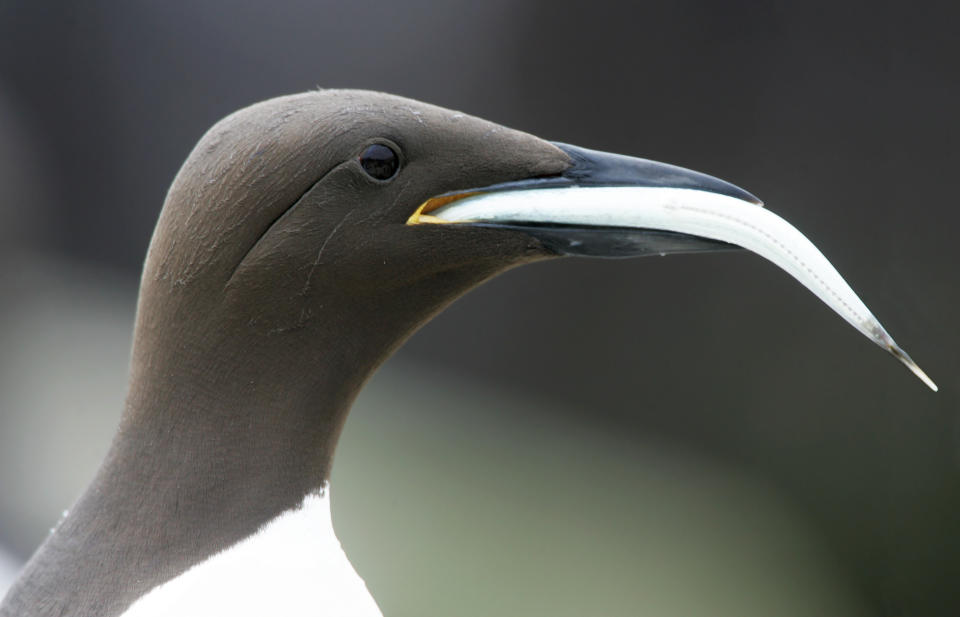Evolution is predictable and 'would happen the same way again', scientists say

Evolution is often seen as a mysterious process, but it’s actually predictable, and if life on Earth evolved again it would come out the same way.
That’s the conclusion of an ambitious scientific analysis of 10,000 different birds, which compared the features they have evolved with their lifestyles.
The researchers found that birds with similar lifestyles evolved similar features - even if they were on different sides of the globe.
The finding could help scientists predict how bird species will respond to climate change, and how the loss of one particular species will affect larger ecosystems.
READ MORE
Stars ‘need a partner’ to set off universe’s brightest explosions
Meet the adorable cat with two different faces
World’s southernmost reef hit by coral bleaching
Binary Earth-sized planets possible around distant stars
The scientists say that if a ‘reset’ button was pressed, and life on Earth evolved again, it would lead to “very similar-looking organisms”.
Dr Alex Pigot, of the department of genetics, evolution and environment at University College London, and first author on the study, said: “Our results suggest that evolution is a predictable process.
“If we were to re-run the tape of life, then evolution likely would once again lead to very similar-looking organisms to the ones we see today.
“Being able to quantify each animal’s vital role in the functioning of the biosphere is really important in understanding impacts of the current extinction and climate crisis.”

An international team of researchers, led by Imperial College London and University College London, visited museums around the world to find specimens of nearly 10,000 birds, covering “more than 99%” of all avian species.
They studied the link between the morphology (shape and size) and lifestyle of each species.
The team found that measurements of wings, beaks and tails cannot only predict the lifestyle of the species but also offer insight into “a grander evolutionary dynamic operating across entire classes of organisms at a global scale”.
For example, the researchers say puffins and guillemots have very similar body shape to penguins – with beaks, bodies and wings adapted to swimming and catching fish underwater – despite evolving in opposite hemispheres.
The concept, where organisms that are not related to each other independently evolve similar characteristics as a result of having to adapt to similar environments, is called convergent evolution.
While convergent evolution is not a new idea, the researchers said their new dataset “provides the clearest picture yet of its widespread influence across an entire class of animals at a global scale”.
Dr Joseph Tobias, from the department of life sciences at Imperial College London, said: “The link we show between body form and function has some potentially important applications, and paves the way for the use of similar data to investigate the role of biodiversity in ecosystems.
“For example, further studies can use our database to predict the effects of climate and land-use change on ecosystem function, and to set appropriate targets for wildlife conservation.”
The findings are published in the journal Nature Ecology and Evolution.

 Yahoo News
Yahoo News 

